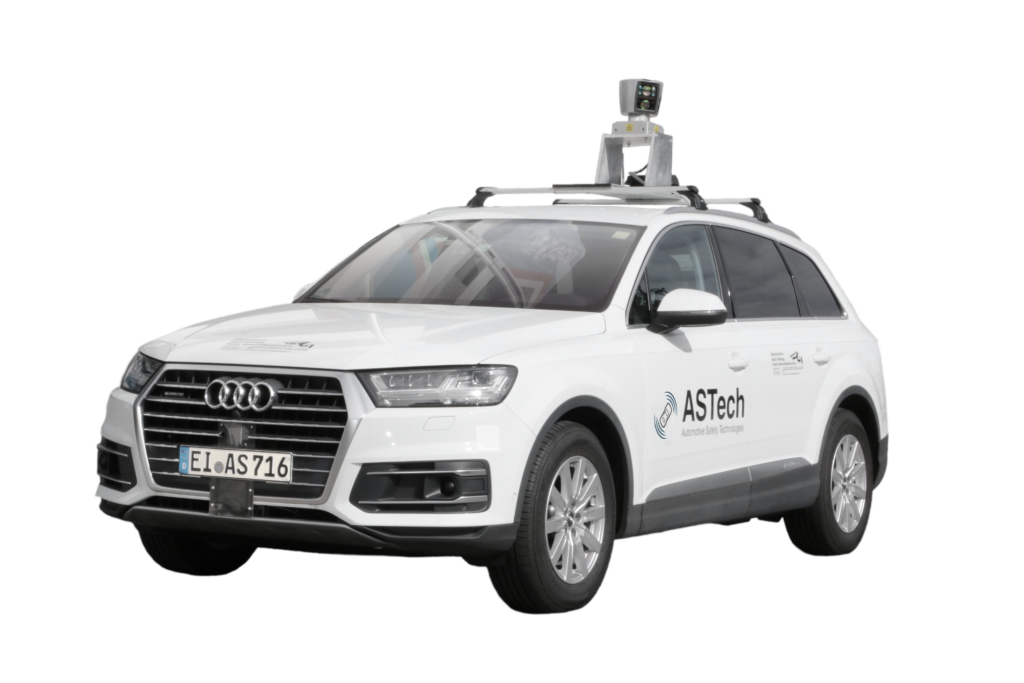Machine learning for radar-based systems

What does the area of vehicle safety look like, both today and in the future? Which way is drivable – and which isn’t? What kind of objects or obstacles must vehicle systems watch out for? What kind of predictions can be made regarding the movement of other traffic participants? These are all questions that our machine learning team has to contend with on a daily basis.
Two of our experts, Chetan and David, are intensely involved in machine learning applications for radar-based driver assistance systems in order to develop new solutions. While the development of machine learning algorithms for camera-based systems is already widely established, research into radar sensors is still in the infancy stage. Both experts are convinced that radar technology will be a vital part of the safety architectures for driver assistance systems, all the way to autonomous driving. Radar sensors are environmentally robust, offer simple 360° integration into the vehicle and supply information that would not be available with cameras and LiDAR technology alone. Cameras and LiDAR are more sensitive than radar sensors to light reflections and various weather conditions such as rain, snow or fog. Radar sensors can meanwhile detect objects at longer distances or even partially “look around the corner” through reflections.
The VAIVA team has developed various unique AI applications for radar-based assistance systems. For example, our machine learning algorithms can predict collision-free driving areas with only one radar sensor (Drivable Area Detection) or detect vehicles, bicycles and other objects (Object detection). Another algorithm can use kinematic data from nearby vehicles (speed, position, etc.) to determine the probability of turning around or making a turn.
The foundation of the development of these algorithms is millions of data that the team gathered from our own modified Audi Q7 over a period of two years. The vehicle is equipped with multiple cameras, commercial sensors, research radar and a LiDAR and as a result, is optimally suited for data generation. All of the data is automatically labeled and anonymized with an in-house developed tool.
With the innovative research radar and the development projects, we view VAIVA as a trailblazer. More to come…